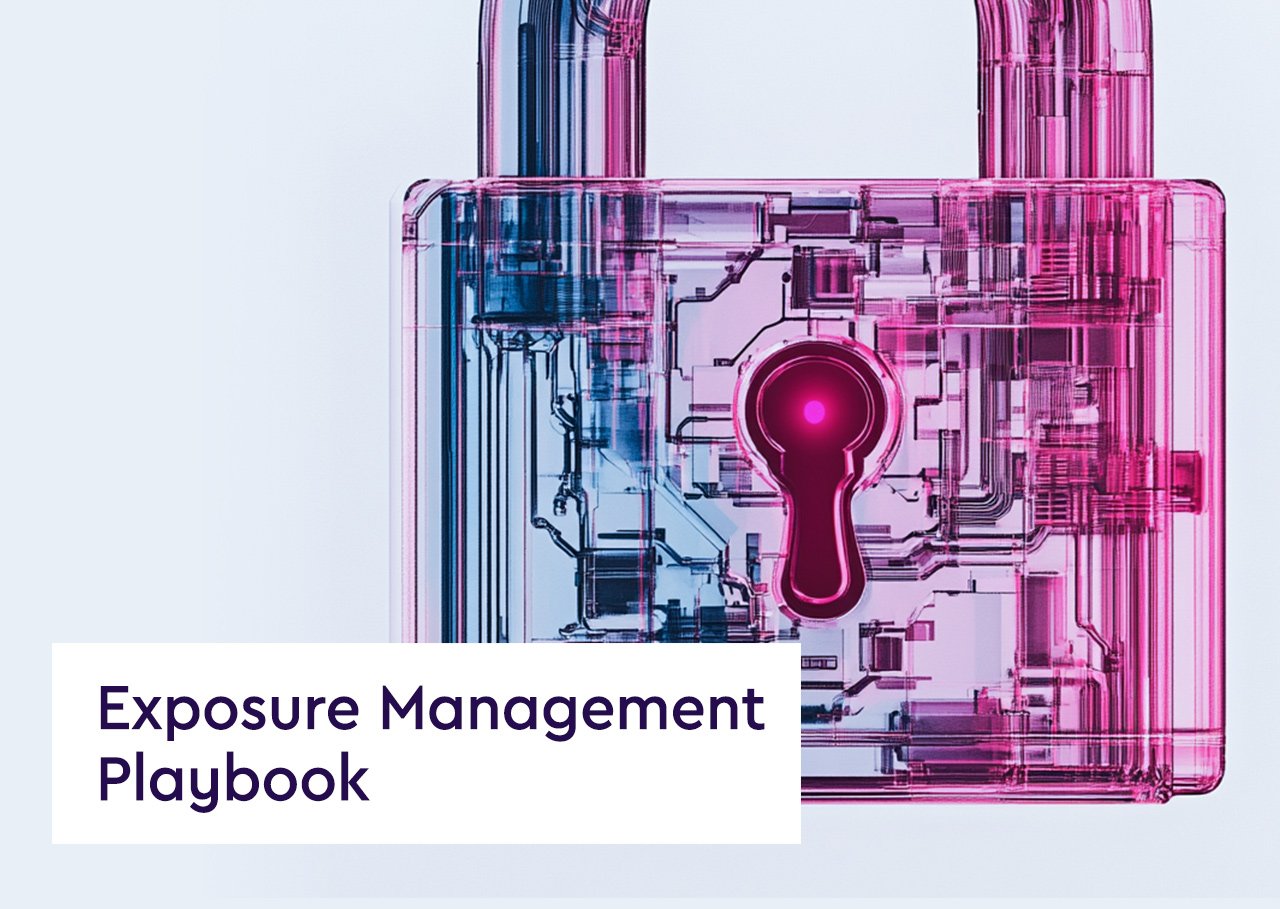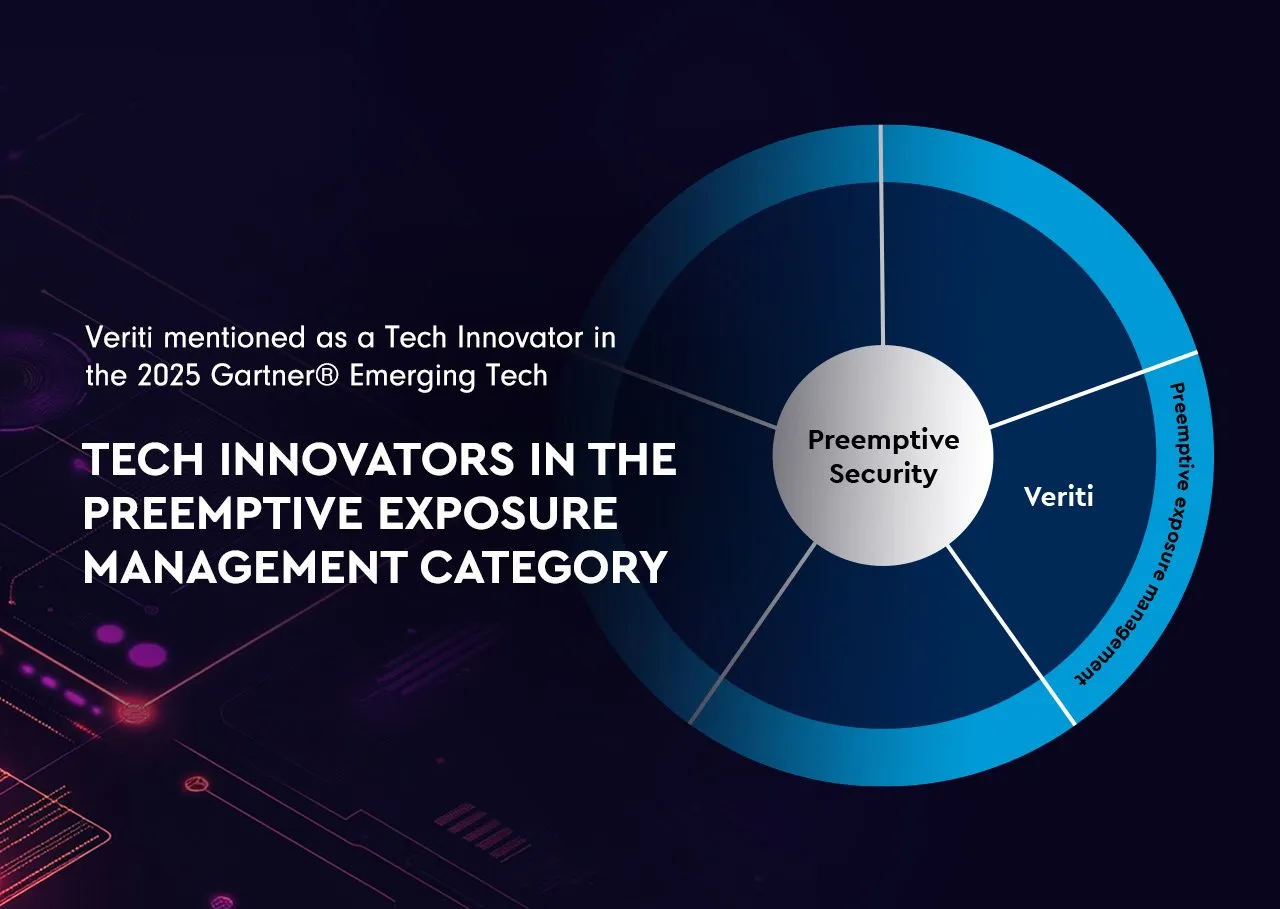Definition: A CI/CD pipeline (Continuous Integration/Continuous Deployment pipeline) is an automated sequence of steps that enable software development teams to deliver code changes more frequently, efficiently, and reliably. The pipeline automates the integration, testing, deployment, and delivery of applications, reducing manual processes and ensuring consistent quality in the software lifecycle.
Key Stages of a CI/CD Pipeline
- Source Control Integration: Developers push code changes to a version control system (e.g., Git), which triggers the pipeline.
- Build: The pipeline compiles the code into an executable format, validating that it integrates successfully with existing codebases.
- Testing: Automated testing (unit, integration, and end-to-end) is performed to identify bugs and ensure code meets quality standards.
- Release: Approved changes are packaged and prepared for deployment in staging or production environments.
- Deploy: The pipeline deploys the application to the target environment (e.g., production) automatically or with manual approval, depending on the configuration.
- Monitoring: Post-deployment, monitoring tools assess application performance, stability, and compliance, feeding insights back into the development cycle.
Benefits of a CI/CD Pipeline
- Faster Delivery: Automates repetitive tasks, enabling faster and more frequent releases of software updates.
- Improved Code Quality: Incorporates automated testing at every stage, reducing bugs and ensuring higher-quality code.
- Consistency and Reliability: Ensures that every build and deployment follows the same process, minimizing human errors.
- Enhanced Collaboration: Facilitates communication between development, operations, and QA teams by integrating their workflows into a single process.
- Scalability: Adapts to large teams and complex projects by providing a standardized framework for development and deployment.
Best Practices for CI/CD Pipelines
- Automate Testing: Implement comprehensive automated testing at every stage to catch issues early in the development process.
- Use Version Control: Store all code, including configuration files and scripts, in version control to ensure traceability and collaboration.
- Implement Security Checks: Integrate security scanning tools into the pipeline to identify vulnerabilities during the build process.
- Monitor Performance: Continuously monitor deployed applications to identify issues and enable rapid remediation.
- Incremental Updates: Adopt small, incremental changes to simplify deployments and make rollbacks easier if needed.
A CI/CD pipeline is a cornerstone of modern software development, enabling teams to deliver high-quality software quickly and reliably. By automating the integration, testing, and deployment processes, CI/CD pipelines reduce manual errors, improve efficiency, and support agile development practices. As development environments grow increasingly complex, adopting a CI/CD pipeline becomes essential for maintaining competitiveness and innovation.




